Categories of all activities:
- Value added activities
- Non Value added activities
- Required Non-value added activities
Value-added activities:
The process is defined as the conversion of input into output by using resources. But what is important here is Value addition in the process. So those activities which change the shape as per customer requirements & add value are called value-added activities.
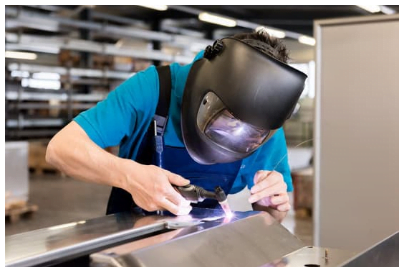
For example in the manufacturing industry Stamping, welding, machining, painting & assembly of parts etc. So as we do these activities within a process, the product changes shape into a complete product as required by the customer. Customer values these activities & pays for them.
Value is added when the product is physically changed for the customer’s requirement. Also value is added when a service is provided for which the customer is willing to pay.
Non Value added activities:
Those activities for which the customer is not willing to pay for are called non-value-added activities. When we do these types of activities, there is no change in shape or size. If we do not add value, we add cost or waste.
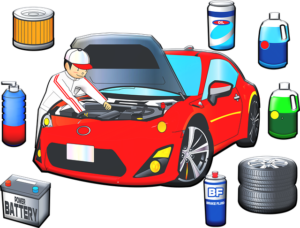
Examples of waste include unnecessary time spent in material storage, material movement, motion & inspection etc. Normally it is common to do the inspection at many stages due to machine, tool, material & operator errors. But the customer needs products that are defect-free.
Actually, customers do not care how many inspections are taken for the dispatch of the defect-free product. So when an inspection is required it is also considered waste. because customers will not pay for extra inspection.
Required Non Value added activities :
Those activities which are essential to make the product but do not add value are called required non-value-added activities.
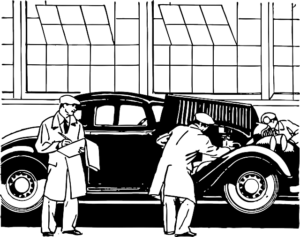
As customers do not find value in these activities and do not want to pay for these activities.
These activities include loading, and unloading of material in the machine, internal audit, product testing etc. But it is necessary to perform these activities. So the best way to deal with them is to minimize or eliminate these activities. We can perform these activities automatically.
How to check value-added and non-value-added activities:
- If the customer is willing to pay for it, then it is value-added activity.
- If the process or activity physically changes the product in some way, then it adds value.
- If the activity is eliminated & no effect on the customer then it is non-value-added activity.
You may like other lean tools
VA and NVA example by Dr. Shingo:
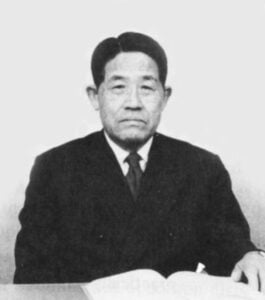
Dr. Shigeo Shingo was once walking in a factory with some engineers. Suddenly he stopped in front of a press machine & was watching operators loading & unloading sheets. Then he asked the engineers “what percentage of the time are they adding value & what percentage of time they are adding waste”
One engineer said they continue working so it is 100%. Another engineer said it is 50%. Dr. Shingo laughed & said only 14% after looking in his stopwatch. It is adding value only when it is bending the metal sheet otherwise rest is the waste.
Then Dr. Shingo asked, ” what can you do to improve the ratio?” Then one engineer told them that they can put the blank sheet onto the leveler to maintain the height. So that the bending time to pick up the sheet can be reduced. Another engineer said that they can put a spring at the back of the press to automatically eject the formed sheet after an operation.
The genius in Dr. Shingo was to understand what was waste & to stay focused on its removal. He knew that there was real power in asking the right question and not in just telling the people what to do.

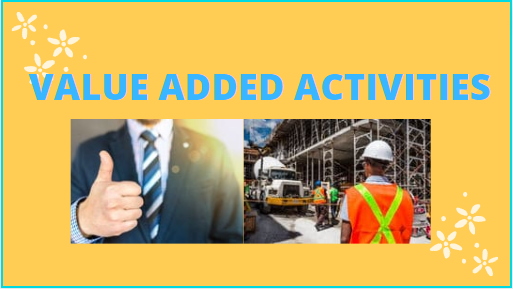
Real clean web site, appreciate it for this post.